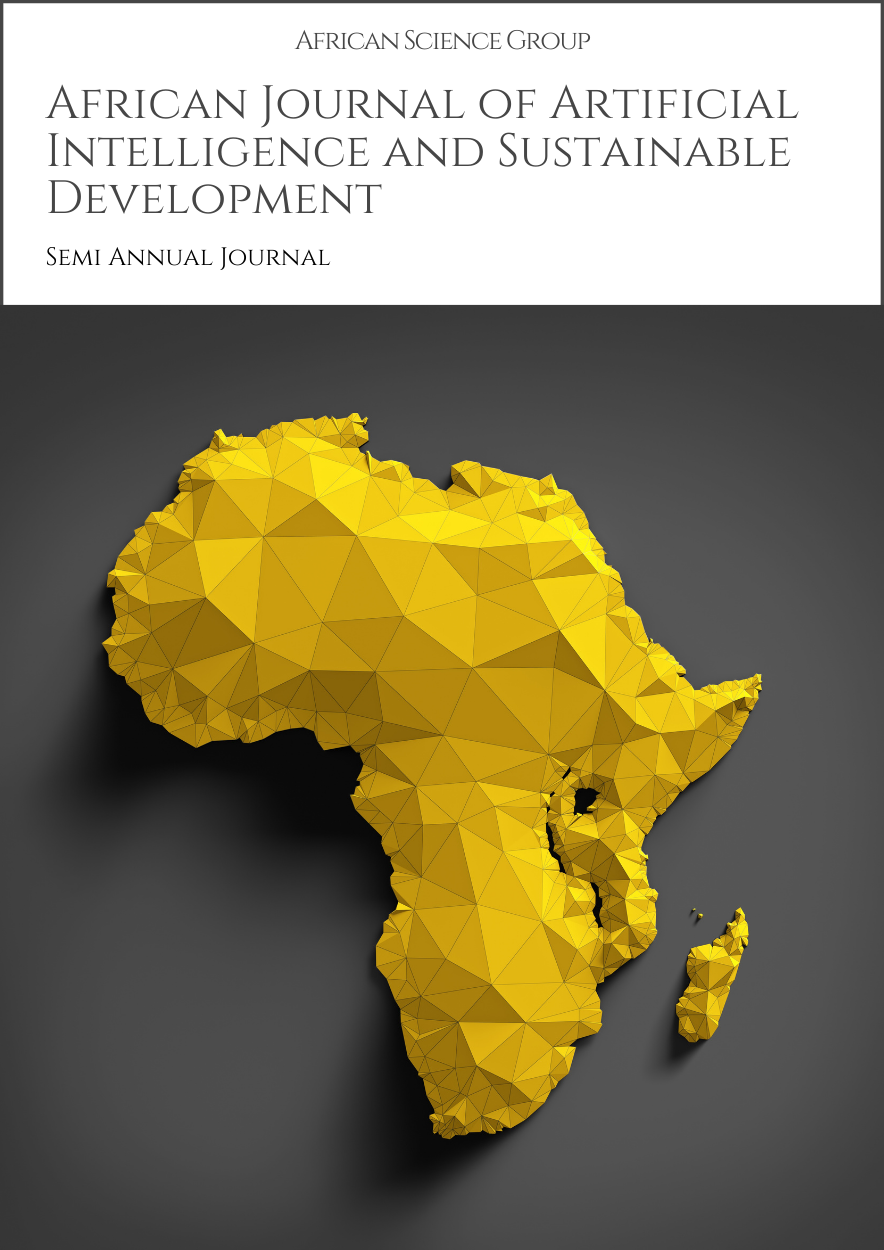Event-based Vision Sensors - Applications and Algorithms: Investigating event-based vision sensors and algorithms for high-speed, low-latency processing of visual information in dynamic scenes
Published 02-02-2022
Keywords
- Event-based vision sensors,
- dynamic scenes

This work is licensed under a Creative Commons Attribution-NonCommercial-ShareAlike 4.0 International License.
Abstract
Event-based vision sensors have emerged as a promising technology for processing visual information in dynamic scenes with high speed and low latency. Unlike traditional frame-based sensors, event-based sensors asynchronously detect changes in brightness, leading to more efficient processing of visual data. This paper provides an overview of event-based vision sensors, their underlying principles, and the algorithms used for processing the data they generate. We discuss the applications of event-based vision sensors in various fields, including robotics, autonomous vehicles, and augmented reality. Additionally, we analyze the advantages and challenges of using event-based sensors compared to traditional sensors and highlight future research directions in this rapidly evolving field.
Downloads
References
- K. Joel Prabhod, “ASSESSING THE ROLE OF MACHINE LEARNING AND COMPUTER VISION IN IMAGE PROCESSING,” International Journal of Innovative Research in Technology, vol. 8, no. 3, pp. 195–199, Aug. 2021, [Online]. Available: https://ijirt.org/Article?manuscript=152346
- Sadhu, Amith Kumar Reddy, and Ashok Kumar Reddy Sadhu. "Fortifying the Frontier: A Critical Examination of Best Practices, Emerging Trends, and Access Management Paradigms in Securing the Expanding Internet of Things (IoT) Network." Journal of Science & Technology 1.1 (2020): 171-195.
- Tatineni, Sumanth, and Anjali Rodwal. “Leveraging AI for Seamless Integration of DevOps and MLOps: Techniques for Automated Testing, Continuous Delivery, and Model Governance”. Journal of Machine Learning in Pharmaceutical Research, vol. 2, no. 2, Sept. 2022, pp. 9-41, https://pharmapub.org/index.php/jmlpr/article/view/17.
- Pulimamidi, Rahul. "Leveraging IoT Devices for Improved Healthcare Accessibility in Remote Areas: An Exploration of Emerging Trends." Internet of Things and Edge Computing Journal 2.1 (2022): 20-30.
- Pelluru, Karthik. "Enhancing Security and Privacy Measures in Cloud Environments." Journal of Engineering and Technology 4.2 (2022): 1-7.
- Gudala, Leeladhar, et al. "Leveraging Biometric Authentication and Blockchain Technology for Enhanced Security in Identity and Access Management Systems." Journal of Artificial Intelligence Research 2.2 (2022): 21-50.
- Makka, A. K. A. “Optimizing SAP Basis Administration for Advanced Computer Architectures and High-Performance Data Centers”. Journal of Science & Technology, vol. 1, no. 1, Oct. 2020, pp. 242-279, https://thesciencebrigade.com/jst/article/view/282.
- Sadhu, Ashok Kumar Reddy, and Amith Kumar Reddy. "Exploiting the Power of Machine Learning for Proactive Anomaly Detection and Threat Mitigation in the Burgeoning Landscape of Internet of Things (IoT) Networks." Distributed Learning and Broad Applications in Scientific Research 4 (2018): 30-58.
- Tatineni, Sumanth, and Venkat Raviteja Boppana. "AI-Powered DevOps and MLOps Frameworks: Enhancing Collaboration, Automation, and Scalability in Machine Learning Pipelines." Journal of Artificial Intelligence Research and Applications 1.2 (2021): 58-88.

